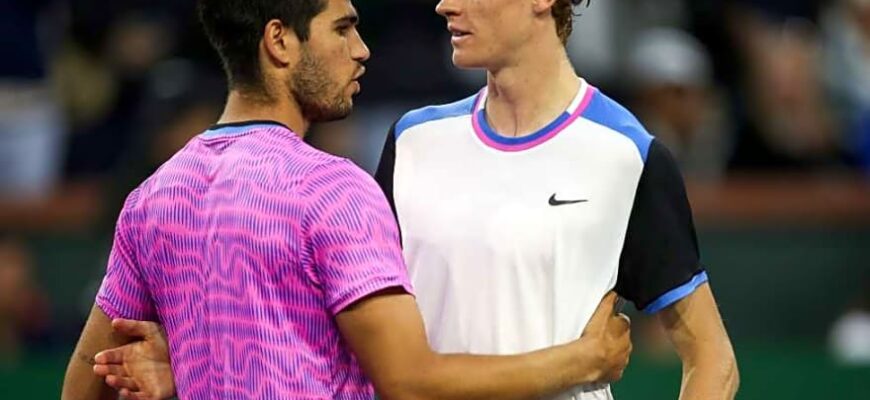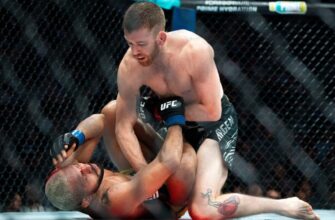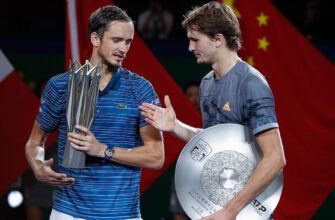A contentious declaration from former world No. 14, Jerzy Janowicz, has ignited a familiar debate within the tennis community: Is the sport`s current generation truly less engaging than its immediate predecessors? Janowicz recently expressed that while current ATP stars like Carlos Alcaraz and Jannik Sinner are undeniably strong, they simply do not possess the same captivating allure as the legendary trio of Novak Djokovic, Rafael Nadal, and Roger Federer. He also extended his nostalgia to include Andy Murray, Stan Wawrinka, and David Ferrer, players who often pushed the `Big Three` to their limits.
The Echo of Legends: What Made the `Big Three` Unforgettable?
Janowicz`s sentiment is not an isolated one. For nearly two decades, tennis was dominated by a triumvirate whose careers intertwined in a spectacular fashion, creating an unprecedented era of rivalries. Djokovic, Nadal, and Federer each brought a distinct style, personality, and fan base to the court. Federer’s effortless grace and aggressive all-court game, Nadal’s relentless power and mental fortitude on clay, and Djokovic’s robotic precision and unparalleled return game offered a constant clash of titans. Their matches were not merely athletic contests; they were epic sagas, often stretching to five sets, etched into the collective memory of sports fans.
“I really miss the rivalry between Novak Djokovic, Rafael Nadal, and Roger Federer. Also Andy Murray, Stan Wawrinka, and David Ferrer. Today in tennis, everything seems more boring to me; it seems that everyone plays the same. Perhaps I`m a little nostalgic, but they were the most interesting to watch, much more than Jannik Sinner and Carlos Alcaraz, although they are also very strong.” – Jerzy Janowicz
The consistent narrative of their pursuit of Grand Slam titles, head-to-head records, and year-end No. 1 rankings provided a compelling storyline that transcended individual tournaments. Their longevity and ability to adapt their games made their era feel truly exceptional, perhaps setting an impossibly high bar for those who would follow.
The New Guard`s Ascent: Talent vs. Transcendence
Enter Carlos Alcaraz and Jannik Sinner. These young athletes represent the pinnacle of the sport`s current trajectory. Alcaraz, with his electrifying all-court athleticism, powerful groundstrokes, and audacious drop shots, brings a kinetic energy that electrifies arenas. Sinner, known for his clinical ball-striking, consistent power, and rapid court coverage, possesses a relentless precision that grinds down opponents. Both have already claimed Grand Slam titles and reached the summit of the ATP rankings, demonstrating immense talent and potential.
However, the challenge they face is less about their skill and more about the historical context. They are performing in the immediate aftermath of an era defined by generational, almost mythical, figures. The `Big Three` didn`t just win; they built narratives, defined epochs, and fostered a deep emotional connection with fans worldwide. This is a burden for any successor, as every new generation is inevitably measured against the legends it replaces.
The “Homogenization” Argument: Is Modern Tennis Truly Monotonous?
Janowicz`s observation that “everyone plays the same” is a point that resonates with some long-time observers. The evolution of racquet technology, string advancements, and improved athletic conditioning has undeniably led to a more power-centric, baseline-dominated game. Aggressive returning, powerful groundstrokes, and a focus on physical endurance have become standard. While this has elevated the baseline game to an unprecedented level of efficiency, some argue it has reduced stylistic diversity, leading to fewer serve-and-volley players, less touch, and fewer intricate strategic variations that once characterized top-tier tennis.
Yet, this perspective might overlook the subtle nuances. While the general template may appear similar, players like Alcaraz and Sinner still exhibit unique strengths. Alcaraz`s flair for the dramatic and his improvisational shot-making contrast with Sinner`s methodical, almost machine-like efficiency. Their individual approaches, when honed through future clashes, are precisely what could forge their own distinct, compelling rivalries.
Nostalgia: The Ultimate Gatekeeper of “Interest”
Perhaps Janowicz`s commentary, as he himself admits, is steeped in a healthy dose of nostalgia. It is a natural human tendency to romanticize the past, viewing the `good old days` through a rose-tinted lens. Memories of iconic matches and indelible moments often overshadow the routine or less spectacular aspects of a past era. When confronted with the present, it is easy to feel that the new lacks the same spark, simply because it hasn`t had the time to build the same tapestry of shared experiences and emotional investment.
The “interest” factor is profoundly subjective. What captivates one fan might bore another. For a generation of fans growing up with Alcaraz and Sinner, their youthful exuberance, fierce competition, and burgeoning rivalry may well be just as thrilling as the `Big Three` were for their predecessors. Time, more than anything else, is the essential ingredient in forging enduring legacies and captivating narratives.
Forging a New Legacy
The future of tennis relies on the current crop of players to create their own stories, their own rivalries, and their own unforgettable moments. Alcaraz and Sinner are already displaying the competitive fire and mutual respect that could lay the groundwork for a compelling rivalry that defines the next decade. While the shadow of Djokovic, Nadal, and Federer looms large, it also serves as a powerful inspiration. The challenge for these rising stars is not to replicate the past, but to innovate, to transcend, and ultimately, to captivate a new generation of fans on their own terms.
Ultimately, Janowicz`s remarks serve as a valuable reminder that greatness is often recognized in retrospect, and `interest` is cultivated over time. The current generation is not merely strong; it is vibrant, dynamic, and actively writing the next chapter of tennis history, one thrilling match at a time.







